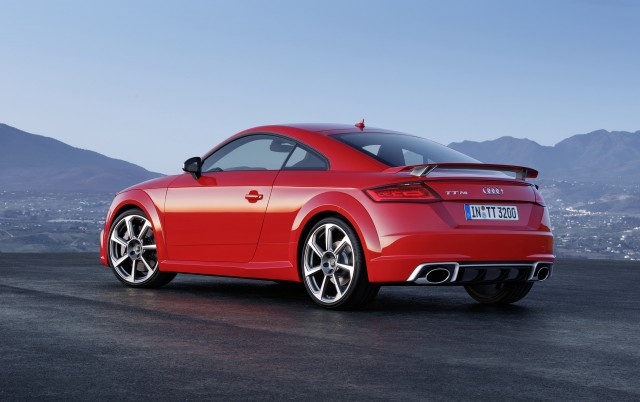by Karl Brauer
Forbes
1. Autonomous Vehicle — Let’s just get this one out of the way. Note I didn’t say fully autonomous vehicle. Why? Because it will take more than 5 years before a car can drive anywhere, at all times, without human oversight. But by 2020 we’ll have cars capable of being fully autonomous in certain circumstances, most likely rural interstates with minimal variables (and no inclement weather). Think early days of cruise control.
2. Driver Override Systems — This relates to autonomous technology, but it’s different because it’s the car actively disregarding your commands and making its own decisions. We’ve already got cars that will stop if you fail to apply the brakes. But by 2020 cars will apply the brakes even if the driver has the gas pedal floored. The rapid increase in sensor technology will force a shift in priority, giving the car final say — not you.
3. Biometric Vehicle Access — The switch we’ve seen in recent years from keys to keyless entry and start will be followed by a switch to key-fob-less entry and start. You’ll be able to unlock and start your car without anything more than your fingerprint (or maybe your eyeball, but fingerprint readers are more likely than retina scanners). Sound a lot like the latest form of cell phone security? It should, because it’s exactly the same concept.
4. Comprehensive Vehicle Tracking — Insurance companies, and some state governments, are already talking about fees based on how many miles a person drives. By 2020 insurance companies will offer a reduced rate for drivers that agree to full tracking of their behavior. I’m hopeful this technology remains voluntary, but do I foresee a likely future where insurance companies will require comprehensive driver tracking? Sadly, yes.
5. Active Window Displays — Head-Up Display (HUD) technology has come a long way from the dim, washed out green digits some cars projected on their windshields 20 years ago. But as good as HUD is in 2015, by 2020 we’ll see active glass capable of displaying vibrant images. Imagine a navigation system that actually highlights the next turn (as seen from your perspective, through the windshield) as you approach it.
6. Remote Vehicle Shutdown — This technology already exists, with OnStar leveraging it regularly. In recent years the telematics company has shut down hundreds of stolen cars, ending police chases quickly and with little drama (though most drivers still don’t know it can be done, even drivers with OnStar…). By 2020 remote vehicle shutdown will enter the social consciousness, negatively impacting nightly news ratings everywhere.
7. Active Health Monitoring — Ford Motor Company has previewed the idea of seat belt or steering wheel sensors that track vital statistics, though the rapid development of wearable technology means most cars will just wirelessly pair with these devices (think cell phone for your body). Combine this with basic autonomous technology and you’ve got a car that can pull over and call paramedics when the driver has a heart attack.
8. Four-Cylinder Supercar — Ford just showed an all-new GT supercar using a twin-turbo V6. While it may rub traditional performance enthusiasts the wrong way, a lightweight V6 making over 600 horsepower will offer world-beating performance, especially if it’s got a light, carbon-fiber body to pull around. By 2020 we’ll see the first full-fledged, 200-plus mph supercar with a four-cylinder engine (cubic inches be damned).
9. Smart/Personalized In-Car Marketing — You’re already getting Facebook, Twitter and Gmail ads based on your behavior. By 2020 the average car will be fully connected to the internet, meaning your vehicle will provide marketers with a powerful set of metrics to customize their message. Hopefully these will manifest as an opt-in feature, but get ready for personalized, location-based ads in your car’s display.
10. Reconfigurable Body Panels — The small SUV category is seeing increased demand these days, while truck sales grow by leaps and bounds. What if you could have both vehicle types in one car? Imagine an SUV with lightweight body panels and advanced motors that retract the roof and side glass into the lower body panels. Now throw in Chrysler minivan stow-and-go seat design and BAM! A truck and SUV in one vehicle. It could happen.

